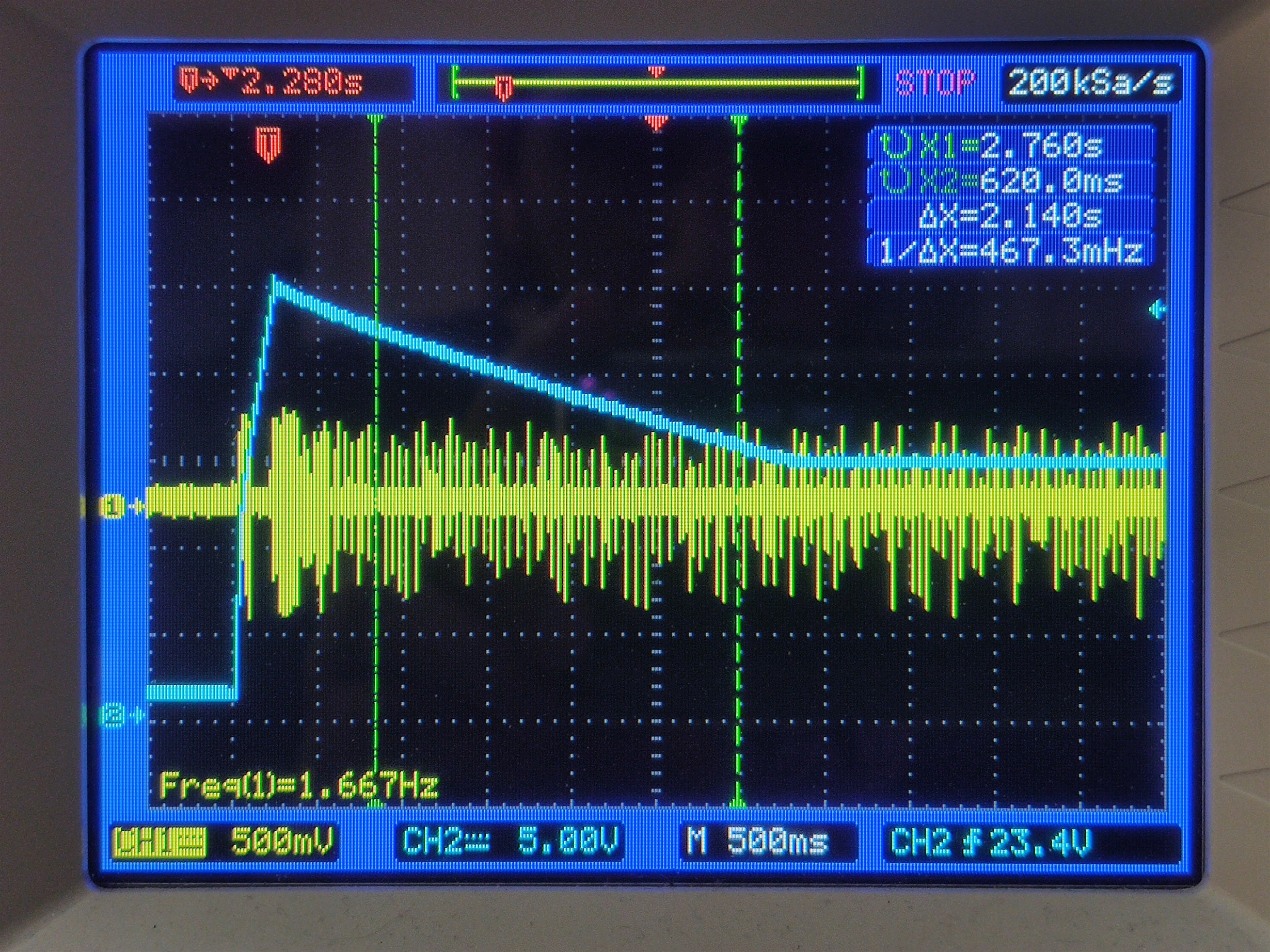Other Parts Discussed in Thread: UCC25630-1EVM-291
I am trying to bring up a UCC256301 LLC circuit. I am wanting to do so "softly" so it doesn't explode if something is wrong. But it seems like the AC circuitry needs to be present to get the zero cross waveforms to begin switching correct?
Anyways, I am using AC input through a PFC stage. PFC gives me 390VDC, all that is working. Now I am trying to get something to switch on the LLC. Monitoring the gate drive waveforms, nothing happens. So I assume the part is in shutdown. I am powering the VCC pin with +15v. I have monitored the +12V output from RVCC and it is stable along with the +15V input (derived from AC source as well). VBLK is 3.84V from my HVDC divider.
I have 100pF hanging off of FB but I am getting 0V out. Looking at the block diagram, that sounds like the reason why it is not switching, but I don't get why not. I have also disconnected the optocoupler (physically) to make sure that wasn't the problem. I expect some voltage out, correct?



